Recognition of Facial Emotions Using LDN Pattern
 RECOGNITION OF FACIAL EMOTIONS USING LDN PATTERN
Â
P. Ajay Kumar Reddy1, Dr S.G Hiremath2, Dr M.N GiriPrasad3, Dr G.N Kodanda Ramaiah4
1Research Scholar, Dept of ECE, KEC/JNTUA, Kuppam,A.P,India.
3Professor, Dept of ECE, JNTU,Ananthapuramu ,A.P,India.
2,4Professor, Dept of ECE, Kuppam Engineering College, Kuppam,A.P,India.
Â
Abstract– A novel LDN pattern is proposed for facial expression recognition. LDN extracts the local features from a face which is used for face analysis and facial expression recognition. It computes the directional data of face textures into a compact code. Here compass masks are used to find the directional data which helps in distinguishing the homogenous structural patterns which helps in evaluating intensity variations. Experimental results show that the LDN method provides better results with reasonably low error rates.
Keywords – LDN pattern, Local Directional number pattern, feature vectors, expression recognition, face descriptor, face recognition, feature, image descriptor, local pattern.
 Face recognition is widely accepted for image analysis and pattern recognition. Its significance has increased in the last decade because of its application in commercial and law enforcement. Although a plethora of research was carried to overcome the disadvantages of facial recognition system but still a lot of problems persist. The most challenging work in any facial expression recognition system is to find the face vector. The aim of identifying a face vector is to find an efficient way of representing facial images which provides robustness in recognition process.
There are two approaches proposed to extract facial features in any expression recognition system.
- Geometric feature based
- Appearance based method
In geometric feature method, the location and shape of different facial features are combined to form a feature vector which represents a face, whereas in appearance-based system applies image filters on whole face or some specific regions of face to extract expression changes in face image. Geometric feature method requires reliable facial features which is a hurdle to accustom in lot of situations. On the other hand, performance of appearance-based methods is degraded due to environmental variations. The proposed LDN method will robustly identify the facial expressions under various variations like sad, anger, happy, disgust, etc.
                         There are several techniques used in holistic class like fisherfaces and eigenfaces which are developed on PCA method. Although they are widely used their limitations to illumination and variations in poses causes a great concern in facial recognition system.
Kotsia et al. [2] proposed an expression recognition system in sequences of facial images.
Heisele et al. discussed about the legitimacy of the component-based methods. They expressed the face into one descriptor by extracting and computing local features from different parts of face.
Zhang et al.[3] used the higher order local derivatives to get better results than LBP method. In order to overcome illumination variations and noise problems they used other information rather than depending on intensity levels.
Donato et al. done a comprehensive analysis on different algorithms like LFA, PCA, Gabor wavelets, ICA to represent face images for facial expression recognition. Among them Gabor wavelet and ICA achieved the best performance. Shan c et al. presented robust LBP as feature descriptor in facial expression recognition. Though LBP is efficient in computations and robust to monotonic illumination change, its performance degrades in presence of random noise.
The proposed framework for facial expression recognition is as described below. In the first stage a trained dataset is created with several facial expressions like fear, anger, sad, joy, happy, disgust etc. several preprocessing techniques are applied on these images. Then various features are extracted from face and its edges are perceived using Gaussian derivative and Kirsch masking. These features are classified and normalized using SVM classifiers. When a test image is given for recognition it is compared to the dataset and accurate images are recognized. Finally all the test results obtained are analyzed.
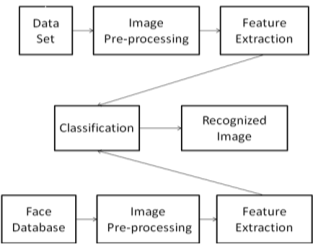
Figure:1 Block Diagram Of LDN
LDN Framework:
The LDN pattern is a binary code of 6 bits assigned to each pixel of an input face image that represents the texture structures and transitions in intensity levels. The existing technique reveals that the edge magnitudes are not sensitive to lighting variations. Here we generate a pattern by using a compass mask which computes the neighborhood edge responses by utilizing the positive and negative values of those edge responses.
A valuable data of the neighborhood structure is provided by the positive and negative values. These values reveal the gradient direction if the bright and dark areas in the neighborhood. The information of the neighborhood structure is provided by the positive and negative responses because the disclose the gradient path of bright and dark areas in neighborhood. The LDN generates a 6bit code every instance whenever the positive and negative responses are swapped. By using a compass mask we can compute the threshold responses in the neighborhood in 8 different directions which helps in generating a semantic descriptor for numerous textures with uniform structural pattern.
Dataset
                        The dataset images which are used for the research work are lively recorded which depict various facial expressions like anger, joy, disgust, sad, fear and happiness.
Figure:2 Dataset
Pre-Processing
               Different processing techniques are used on input images. Here kirsch masking is used for calculating edge responses. It basically extracts response in edges and rotates 45 degrees apart to obtain mask in 8 directions. A derivative Gaussian mask is used to smooth the code which helps in overcoming the illumination changes and noise. This helps in getting strong edge responses.
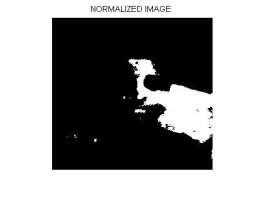
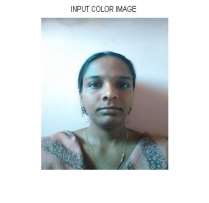
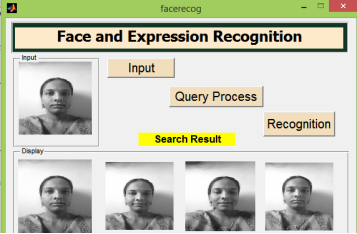
Code Generations:
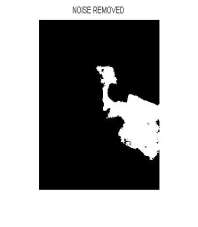
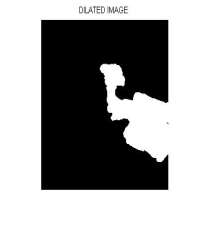 LDN code is generated by analyzing each edge response of mask in its ( M0—–M7), particular direction. The noticeable darker and brighter areas are indicated by the highest positive and negative values. The noticeable darker and brighter regions are encoded based on the sign information. The positive directional number is coded as MSB of the code and the 3 LSB bits are negative directional numbers
LDN code is generated by analyzing each edge response of mask in its ( M0—–M7), particular direction. The noticeable darker and brighter areas are indicated by the highest positive and negative values. The noticeable darker and brighter regions are encoded based on the sign information. The positive directional number is coded as MSB of the code and the 3 LSB bits are negative directional numbers
The LDN code is represented as,
                      LDN(x, y) = 8ix,y+ jx,y(1)
Where,
(x, y) is coded central pixel of neighbourhood.,
ix,y is maximum positive response directional number,
jx,y is maximum negative response directional number
Classifier:
SVM classifier is used to recognize the facial expressions and it also increases the accuracy of the facial expression recognition. It is used to calculate the perrformance of LDN method. It not only used for data mapping but it helps in making the binary decision.
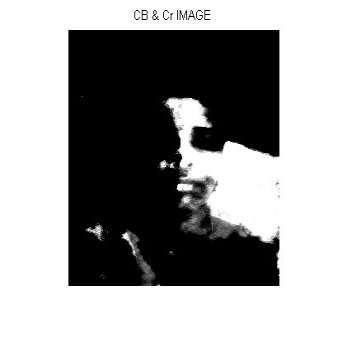
                     The proposed LDN method used directional numbers which helps in encoding the structure of face textures in efficient manner.it produces a compact code by using the sign information that is more reliable against noise, to encode dissimilar patterns of face textures. The compass masks used gives better results in obtaining the edge responses and smothen the code to overcome illumination variations. When compared with LBP and LDiP the LDN recognition rate is better in presence of noise and illumination changes.
.
                  I am grateful to my guides for their encouragement and constructive criticism. I would also like to thank the Kuppam Engineering College R&D cell for providing all facilities in carrying out the work.